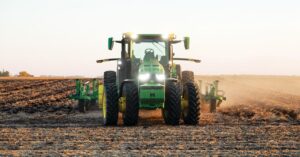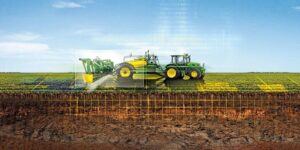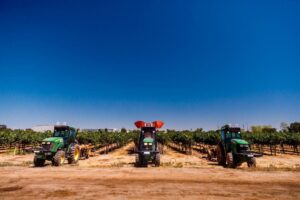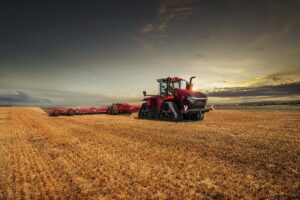The agricultural sector is witnessing a importent shift in power solutions for farm machinery. As farmers seek efficient and lasting ways to operate their equipment, the choice between diesel and electric power has become increasingly relevant. This comparison examines the key aspects of both power sources, exploring their practical applications, economic implications, and environmental impact in modern farming operations. From conventional diesel engines that have long dominated the industry to emerging electric alternatives, understanding these options is crucial for informed decision-making in agricultural mechanization. The agricultural sector stands at a crossroads between traditional diesel-powered machinery and emerging electric alternatives. Modern farming operations require significant power to maintain productivity,making the choice between these energy sources increasingly significant for farmers worldwide.
Diesel engines have long dominated agricultural machinery due to their robust performance and reliability. These powerhouses deliver consistent torque across various operating conditions, enabling farmers to work through challenging terrain and heavy loads. The widespread availability of diesel fuel and established maintenance networks provides convenience and peace of mind during critical farming periods.
Tho, electric-powered farm equipment is gaining traction, offering several distinctive advantages. These machines operate with considerably lower noise levels, reducing operator fatigue and minimizing disruption to livestock. They produce zero direct emissions, contributing to cleaner air quality in agricultural settings and reducing the carbon footprint of farming operations.
maintenance requirements differ substantially between the two options. Diesel engines demand regular oil changes, filter replacements, and attention to numerous moving parts. electric motors, with fewer moving components, typically require less frequent maintenance, potentially reducing downtime and service costs over their operational lifetime.
Initial investment costs currently favor diesel equipment, as electric alternatives often carry premium price tags due to newer technology and limited production scales. Though, the operating costs tell a different story. Electric machinery benefits from lower energy costs per hour of operation and reduced maintenance expenses, though this advantage varies by region and electricity rates.
Range and refueling present distinct considerations. Diesel machines can operate continuously with fast refueling stops, while electric equipment requires recharging periods. Advanced battery technology has improved operating duration, but some farmers may need to adjust work schedules around charging cycles.
Power delivery characteristics vary between the two systems. Electric motors provide instant torque from standstill, offering smooth and powerful operation for tasks like plowing or heavy lifting. Diesel engines need to build RPMs to reach maximum torque, though they excel at maintaining consistent power output during extended operations.
Weather and environmental conditions impact both power sources differently. Diesel engines generally perform reliably across temperature ranges, while extreme cold can affect battery performance in electric equipment. however, electric systems often prove more efficient in start-stop operations common in certain farming tasks.
Infrastructure requirements differ significantly. Diesel-powered machinery relies on existing fuel delivery networks, while electric equipment needs charging stations and potentially upgraded electrical systems on the farm. some operations are installing solar arrays to offset charging costs, creating additional energy independence.Resale value and equipment longevity remain important factors. The established market for diesel equipment provides stable residual values, while the long-term value retention of electric farm machinery is still being established as the technology matures.











